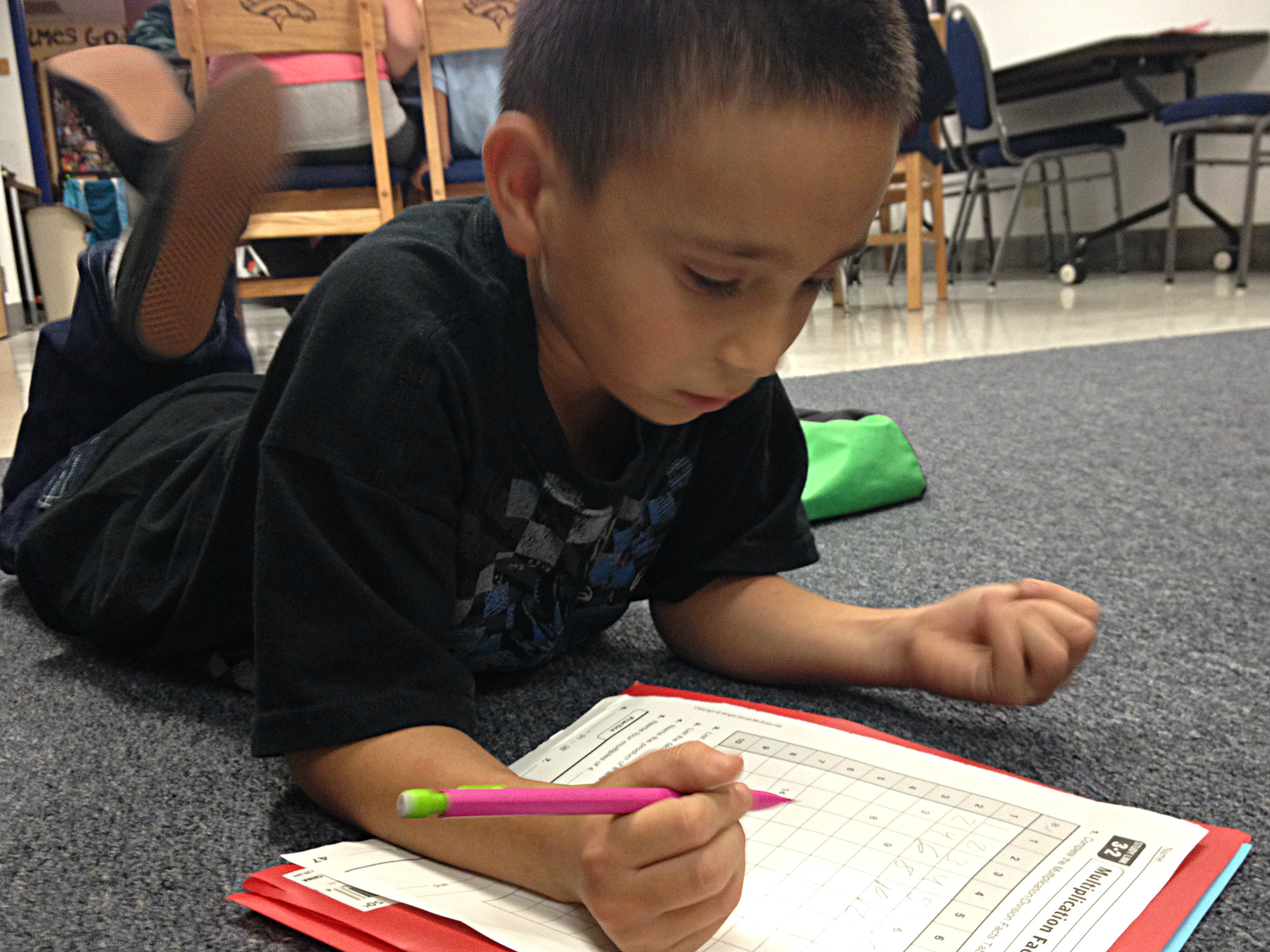

More than a year ago we saw one census statistic we just couldn't shake. At the time, nearly one in five kids in the state were living in poverty. We set out to learn about childhood poverty in Colorado: what it looked like and what was being done about it. We're looking back at our coverage now, taking stock of what we've learned, revisiting some of the people we interviewed and thinking about what comes next.
What The Numbers Say

When we started this project, U.S. Census figures indicated that childhood poverty had risen from about 11 percent in the year 2000 to 18.5 percent in 2012. That was one of the biggest jumps in the country. Since our reporting began more than a year ago, we've learned that rate has dropped twice -- it now stands at about 15 percent. So that means we've gone from nearly one in five kids living in poverty to about one in six. (More)
From The Mountains To The Suburbs

In the well-to-do Vail Valley we found big families crammed into tiny trailer homes, and their kids often left alone as parents faced long commutes to low-paying jobs. In the San Luis Valley, where poverty spans generations, school truancy is a big issue, and grandparents often raise their grandchildren. And in Douglas County, one of the richest in the country, the child poverty rate jumped 80 percent from pre-recession levels. (More)
Where Poverty And Education Intersect

Forty-two percent of school children in Colorado are low-income. In Denver Public Schools, around 70 percent of students qualify for free and reduced-price lunch. We looked at a variety of intervention programs that showed some promise in helping these kids, and tried to catch up with some of the kids and parents we profiled. Some are moving ahead in spite of their struggles, and some have fallen off the radar. (More)
Less Money, More Personal Touches

There's a lot of angst among people who work on programs fighting poverty, both in government and at nonprofits, about how to get more bang for the bucks spent on big public assistance programs. Years after the end of the Great Recession, caseloads really haven’t dropped much. That’s leading policymakers to rethink, and sometimes retool everything from workforce centers to child care subsidies to free lunch programs. (More)
Frustrations, Inspiration

On Colorado Matters, we asked three people dedicated to helping those who've fallen on hard times whether it's realistic to think poverty can ever be eradicated. Teva Sienicki, of Growing Home, a non-profit that helps low-income families in Adams County; Pastor Kent Replogle, who heads the Amazing Grace Community Church in Thornton; and Curtis Garcia, above, who teaches education at Adams State University in Alamosa, all joined that conversation. (More)







